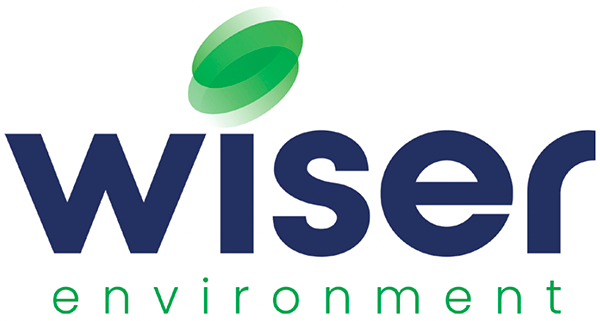The Environment Agency will accept divergence from their fire prevention plan guidance in the form of a fully assessed alternative measure. But what does this mean in practice for the waste industry?
What is an alternative measure in fire prevention plans?
The Environment Agency has three core objectives from fire prevention plans:
- Minimise the likelihood of a fire happening
- Aim for a fire to be extinguished within four hours
- Minimise the spread of fire within the site and to neighbouring sites

In practice though, practical and financial constraints mean that many sites are unable to follow the guidance to the letter. In these circumstances, the Environment Agency allows sites to suggest different methods to mitigate the same level of risk and achieve the three core objectives. These are called alternative measures.
The need for evidence based alternative measures
Proposals for alternative measures must be supported by information to demonstrate, with clear evidence, that the proposal can meet the three objectives. This evidence includes a risk assessment and details of how the measure would mitigate the risks.
We also recommend gaining input from your local Fire & Rescue Service. How would they actually fight a fire on your site? Would they support your alternative measure as appropriate?
Site specific alternative measures for fire prevention plans
Alternative measures must be site specific. Copying and pasting alternative measures directly from sites with similar characteristics is not a sure-fire way for a fire prevention plan to pass! An alternative measure needs to be assessed on a site by site basis.
Alternative measures around increased stock piles
Many operators are struggling with the strict requirements of the EA with regards to stock pile sizes for fire prevention plans. Height of pile size is the critical dimension due to insulation properties in piles of waste. The taller the waste piles, the more difficult it is for the Fire and Rescue Services to deal with a fire. As a result, increased height is less likely to be accepted as a variation to the guidance.
Other dimensions of pile sizes are more flexible for example length and width of the stockpile are considered less risky.
Alternative measures around reduced firefighting water

Alternate measures such as smothering could be suggested when the risk of fire is ‘low’ because of quantities and types of wastes. You would need to demonstrate robustly how this firefighting technique would be deployed, maintained and achieved through regular inspections of infrastructure and drills.
Early engagement with the Environment Agency
Whatever your constraints and proposed alternative measures, we advise early engagement with the Environment Agency. This may be with an Area Officer or the National Permitting Service – depending on whether you are submitting a new permit application or variation, if you are considered a high risk or poor performing site or have recently experienced a fire.
Bear in mind, that whether you are dealing with an Area Officer or the National Permitting Service, your knowledge of the practicalities of operating a site are likely to be much greater than theirs. You may need to explain your issues to someone with a limited understanding of risk levels and potentially a lack of site experience. The ability to do so may be the difference between approval and rejection!
Wiser Environment has extensive experience preparing fire prevention plans for a wide range of waste management facilities helping them protect their businesses and minimise the risk of fires. Find out more about our fire prevention plan services.

